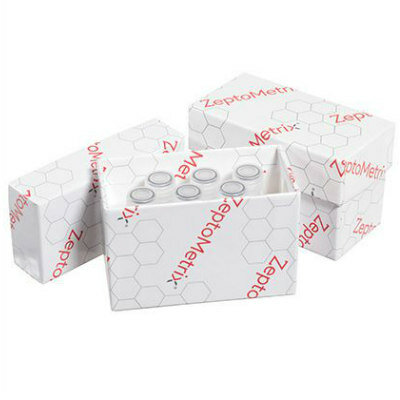Netrin-1 Promotes Atherosclerosis by Inhibiting the Emigration of Macrophages from Plaques
By LabMedica International staff writers
Posted on 22 Feb 2012
Cardiovascular disease researchers have identified a molecular signal that promotes the blockage of arteries by preventing migration of macrophages away from atherosclerotic plaques.Posted on 22 Feb 2012
The signaling molecule is the protein netrin-1. The netrin family is composed mostly of secreted proteins that normally serve as bifunctional signals during development of the embryonic brain. Expressed in the midline of all animals possessing bilateral symmetry, they can act as long or short-range signals during neurogenesis. In order to carry out their functions, netrins interact with specific receptors: DCC or UNC-5 depending on whether they are trying to attract or repel neurons respectively. The C-terminal domain of the netrins is where most of the variation is found between species and it contains different amino acids that allow interaction with specific proteins in extracellular matrix or on cell surface. The differences in terms of structure and function have led to the identifications of several different types of netrins including netrin-1, netrin-3, and netrins-G.
Investigators at the New York University School of Medicine (New York, USA) used fluorescence microscopy techniques to trace the movement of macrophages towards and away from plaques that had formed in arterial tissue taken from mice deficient in the receptor for low-density lipoprotein. Arterial tissues taken from animals genetically engineered to lack macrophage netrin-1expression were also examined.
Results published in the January 8, 2012, online edition of the journal Nature Immunology revealed that acting via its receptor protein, UNC5b, netrin-1 inhibited the migration of macrophages directed by the chemokines CCL2 (chemokine (C-C motif) ligand 2) and CCL19 (chemokine (C-C motif) ligand 19), as well as activation of the actin-remodeling GTPase Rac1 and actin polymerization. Genetically engineered deletion of netrin-1 in macrophages resulted in much less atherosclerosis in mice deficient in the receptor for low-density lipoprotein and promoted the emigration of macrophages from plaques.
The finding that netrin-1 promoted atherosclerosis by retaining macrophages in the artery wall prompted the investigators to conclude that, “Our results establish a causative role for negative regulators of leukocyte migration in chronic inflammation. Local inhibition of such factors may have therapeutic value for the resolution of inflammation in atherosclerosis and other chronic inflammatory diseases.”
Related Links:
New York University School of Medicine













